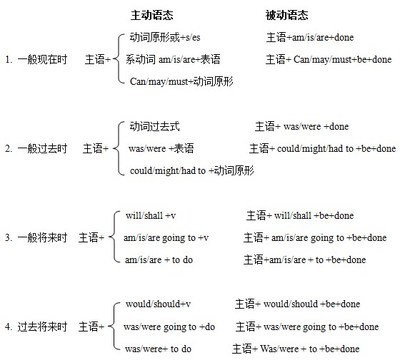Lesson Eight
DocumentaryCollection and Clear Collection
Documentary collection and cleancollection are included in foreign collection, which , ininternational trade, is a presentation of a negotiable instrumentsuch as a draft to a foreign country at which it is payable.
Both documentary collection and cleancollection need the exporter to open up a draft after shipment ofgoods and effect payment through banks. Their only difference isthat documentary collection is a foreign collection on documentarydraft, and clean collection is a foreign collection on cleandraft.
Documentary collection goes as followsin the figure:
After conclusion of the trade contractbetween the two contracting parties, the exporter makes shipment ofgoods from the port of exportation to the port of destination.Meanwhile the exporter writes a collectin order and opens up adraft and gets ready all the shipping documents concerned. Theexporter sends the collection order and the shipping documents withthe draft drawn on the importer for the agreed terms to hisremitting bank for collection. The remitting bank will, then,forward the documents to the collecting bank ---- itscorrespondent’s bank overseas, which in turn will notify theimporter that all the documents needed have arrived.
If the draft is a sight draft, theimporter may not claim the documents and thereby obtain title tothe goods unless he pays the drafts. This is known as “Documentsagainst Payment D/P”. If the draft is a time draft, the importerwill be asked by his bank to accept the draft, thereby committinghimself to pay at maturity. Upon accepting the draft, the importeris permitted to obtain the documents and the goods, while not beingobliged to make payment until the draft matures. This is known as“Documents against Acceptance D/A”.
If the importer has, on the sightdraft, made payment of the goods to the collection bank, thecollecting bank makes credit advice to the exporter’s remittingbank, which in turn notifies the exporter that the payment has beenmade for the goods exported.
If the importer has, on the time draft,made acceptance, the collecting bank notifies the remitting bank,which in turn notifies the exporter that the acceptance of thedraft has been made.
The most important of the documents theimporter has got is the bill of lading, which normally includes thedate of issue, from whom and where the goods were received, to whomand where they are to be delivered, and description of the goods orpackages containing them, and the carrier’s signature. Withdocuments in hand, the importer will get the goods from aboard theship at the port of destination.
Clean collection is a bit differentfrom documentary collection, as in the figure below:
Clean, in international trade, meanswithout documents, as in clean versus documentary drafts. Cleancollection is also a means of clearing in foreign trade. In cleancollection, the exporter, after shipment of goods, will directlypost all the shipping documents concerned such as marine bill oflading, insurance policy, commercial invoice, consular invoice,certificates of origion, of weight, of quality, or of analysis etc., to the importer.The exporter only sends the clean draft to hisremitting band and advises for collection. The remitting bank sendsthe draft to the collecting bank and advises for collection. Thecollecting bank sends the draft to the importer and advises forpayment. After the importer’s payment to the collecting bank, whichin turn notifies the exporter that the payment has been made.
Foreign collection is a commercialcredit on the part of the importer who is commited to pay for thegoods specified in the trade contract. Banks, which only act asagents of the exporter for collection of payment, don’t undertakeany responsibility of finance.
Foreign collection is different fromletter of credit operation in that the exporter, in foreigncollection, has a solid belief that the importer will pay for hisgoods. Banks get fees for their collection, but if it should happenthat the importer refuses to pay, the banks bear noresponsibilities for that.
Notes:
1.collection 托收
2.documentary collection 跟单托收
3.cleancollection光票托收
4.foreigncollection国外代收,出口托收
5.negotiableinstrument可转让票据,流通证券
6.documentary draft 跟单汇票
7.cleandraft光票
8.trade contract 贸易合同
9.advice forcollection托收通知书
10.remittingbank汇款银行
11.collectingbank托收银行
12.advice forpayment付款通知书
13.documents against payment(D/P)付款交单
14.documents againstacceptance(D/A)承兑交单
15.notice of payment oracceptance付款或承兑通知
16.make shipment ofgoods发运货物
17.collectionorder托收委托书
18.correspondent’sbank代理银行
19.bill of ladingB/L 提单
20.date ofissue发行日
21.carrier’ssignature承运人的签名
22.means ofclearing结算方式
 爱华网
爱华网



